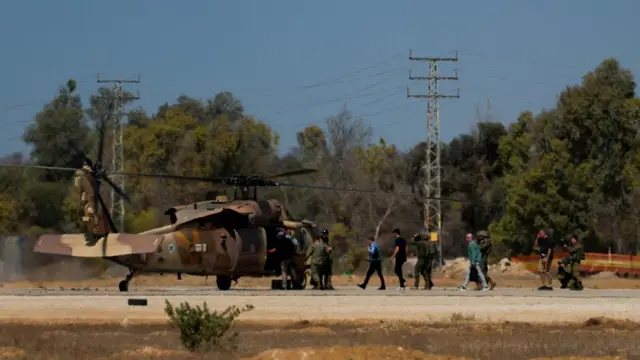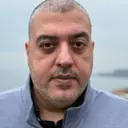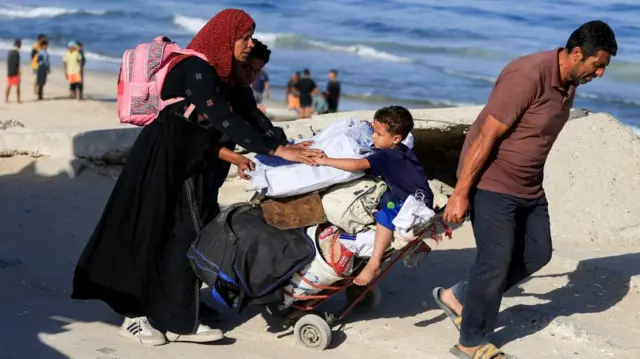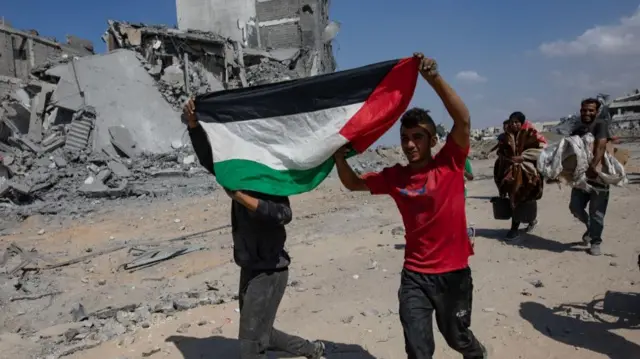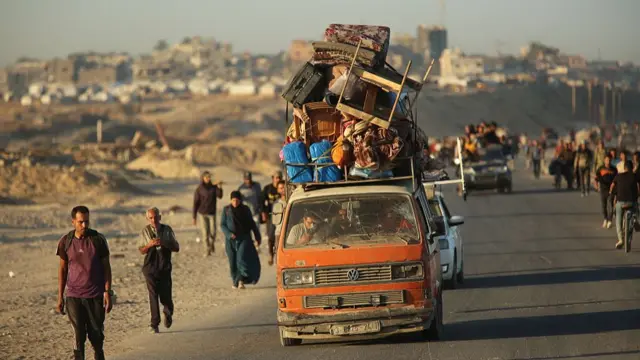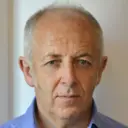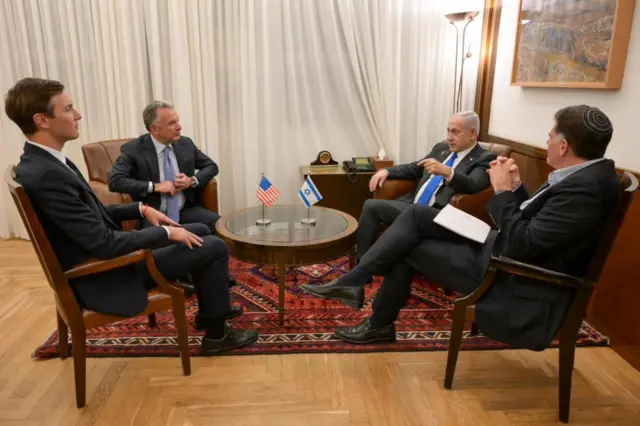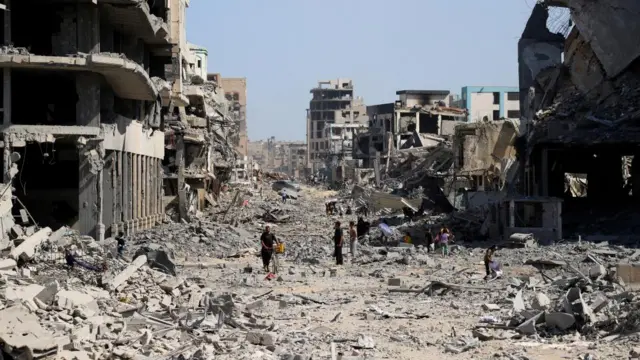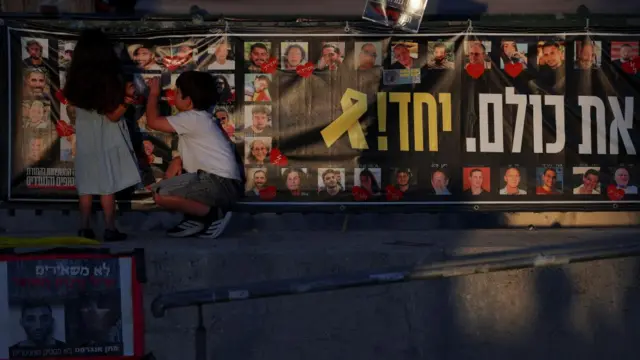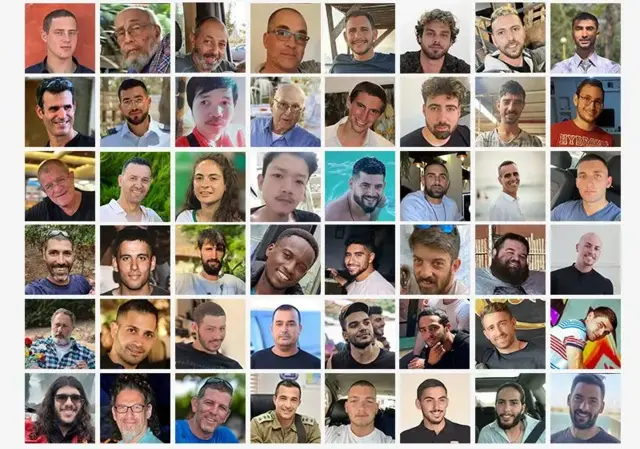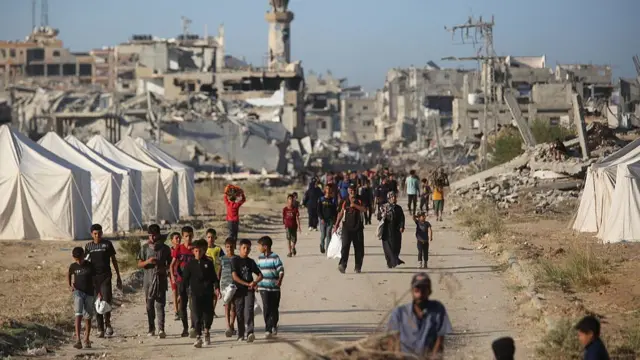Macron to attend Gaza peace plan summit with Trump in Egyptpublished at 16:25 BST 11 October
 Image source, EPA
Image source, EPAAs we've just reported, Trump will be travelling to Egypt on Monday, following his trip to Israel.
The Elysee Palace has confirmed that Emmanuel Macron will also travel to Egypt for the talks.
He'll join US President Donald Trump and Egypt's Abdul Fattah al-Sisi for a summit in support of the Gaza peace.
In a statement, Macron's office says he'll use the meeting in Sharm El-Sheikh to "express his full support for the implementation of the agreement" and reiterate France's support for a two-state solution.
Macron is the first European leader to confirm his attendance, but multiple Italian outlets have been reporting that Italian Prime Minister Giorgia Meloni will also travel to Egypt.
And citing government sources, Spanish news agency EFE reports Prime Minister Pedro Sanchez will also be joining Trump and other world leaders to support the ceasefire plan.
We have yet to receive official confirmation from the Italian or Spanish governments.



